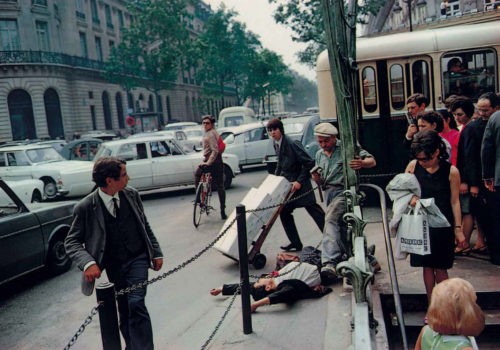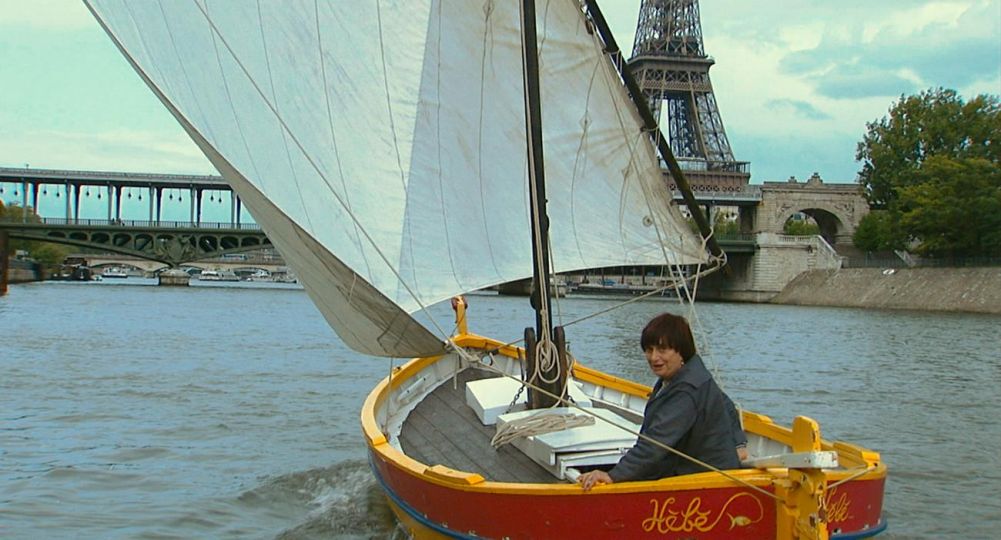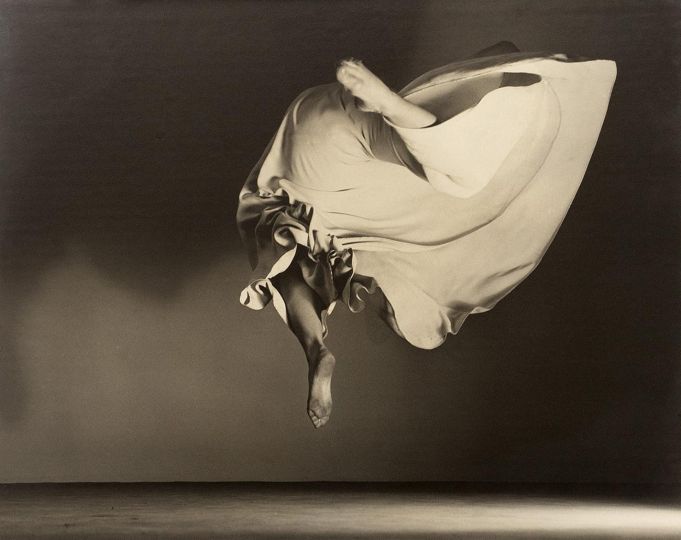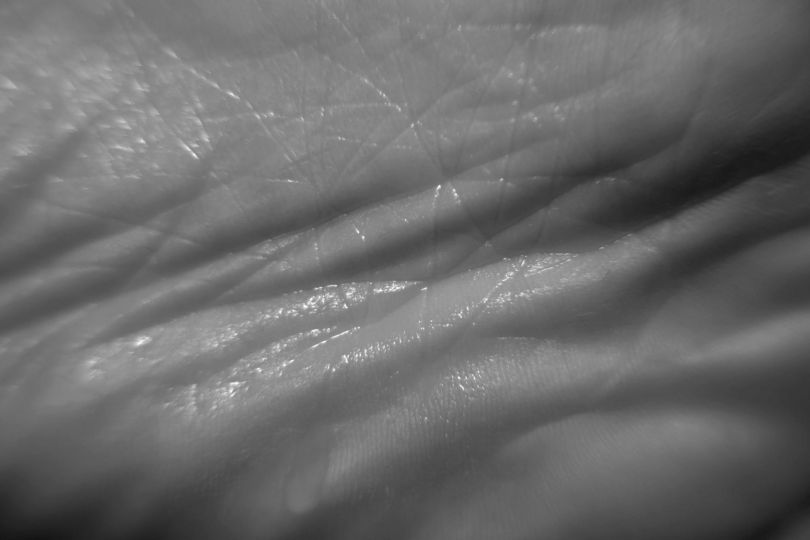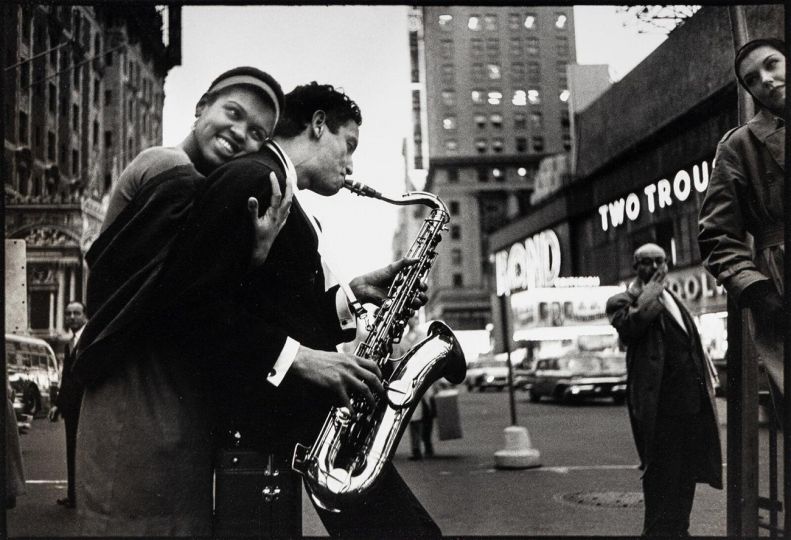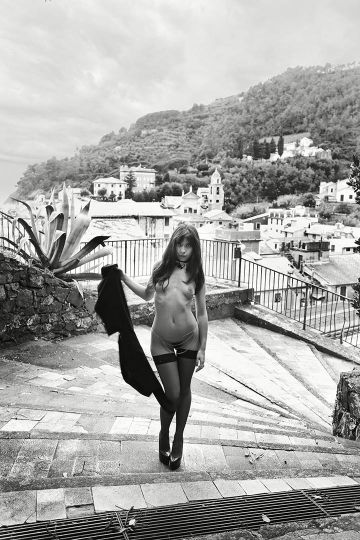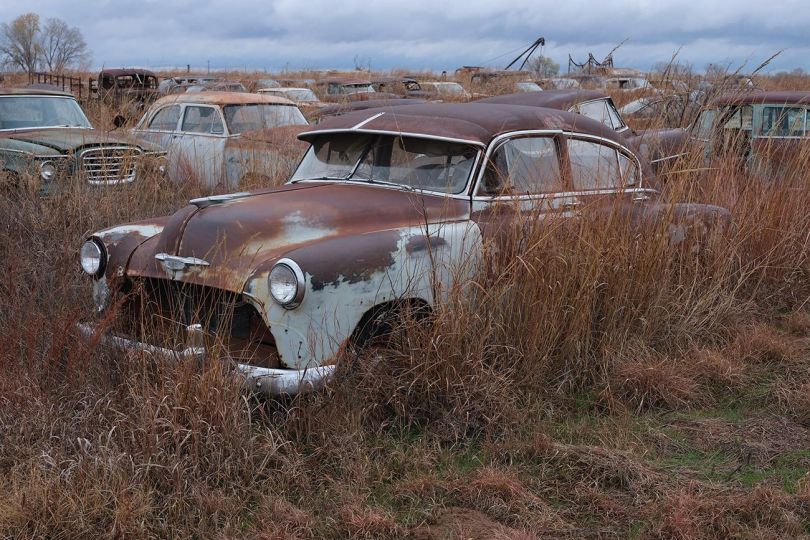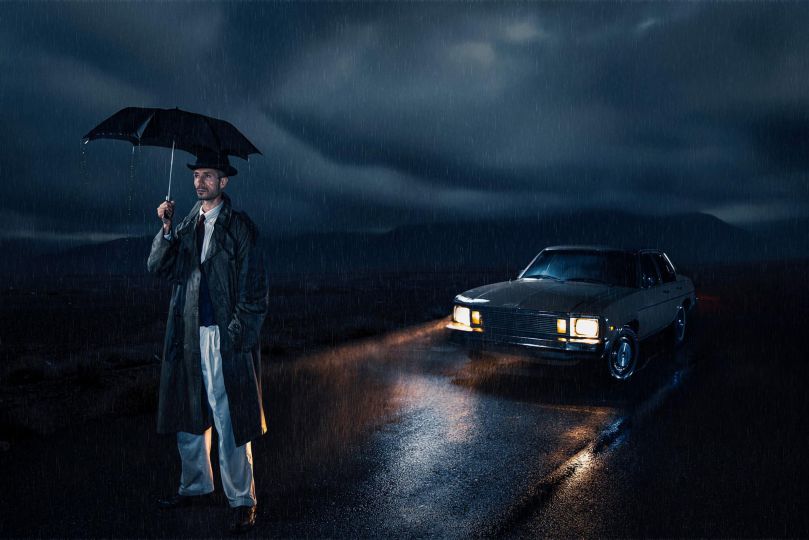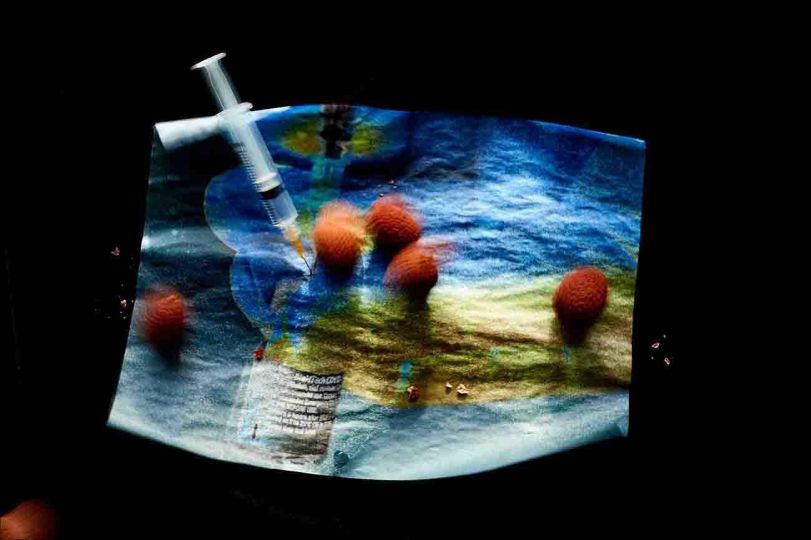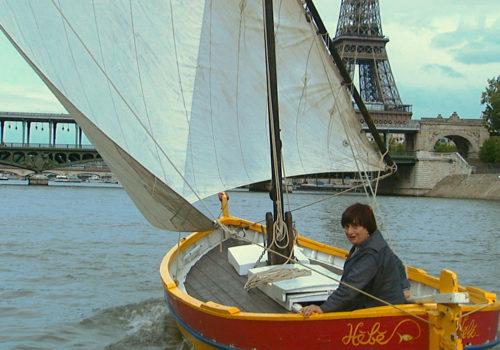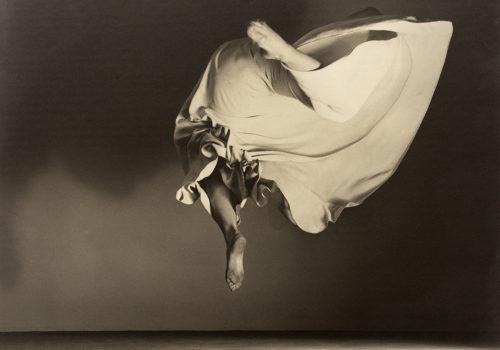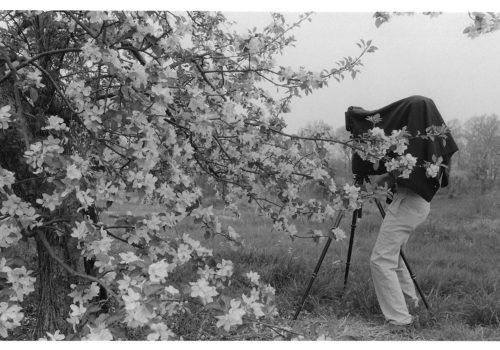“Photographers learn to accept the gifts that come their way because surely life produces moments crazier than we can conceive,” Joel Meyerowitz
In 1962 Joel Meyerowitz was working in New York as an art director when he was given the opportunity to sit in on an advertising photo shoot with Robert Frank. At the time he had no idea who Frank was, but the way the older man worked with his camera seamlessly integrating himself into the scene sparked something in Meyerowitz’s imagination.
From that moment Meyerowitz devoted himself to photography turning his sagacious gaze to the streets, finding irony and humour in everyday moments. His early work was propelled by a frenetic dynamism, but this gave way to a more considered approach as he began to learn more about his craft. Again it was Frank who coached Meyerowitz albeit remotely. Immersing himself in Frank’s iconic The Americans, “this deep, dark poem about America” as Meyerowitz described Frank’s book, launched him on a journey that would occupy him for most of the sixties.

